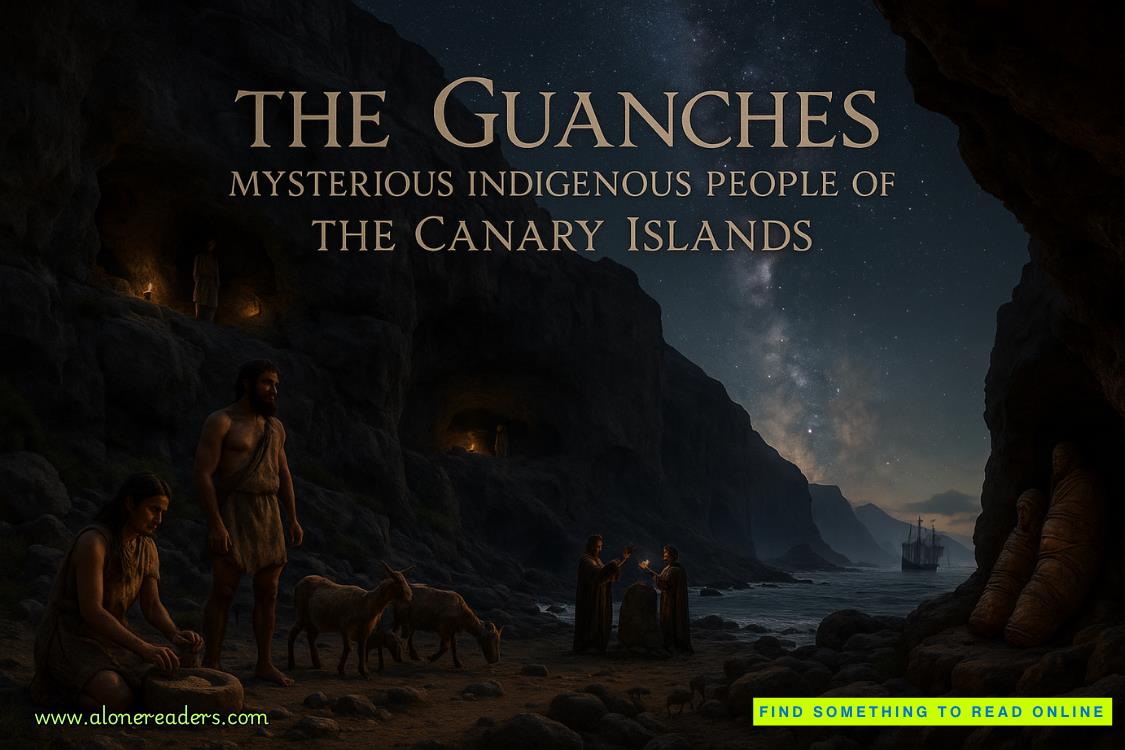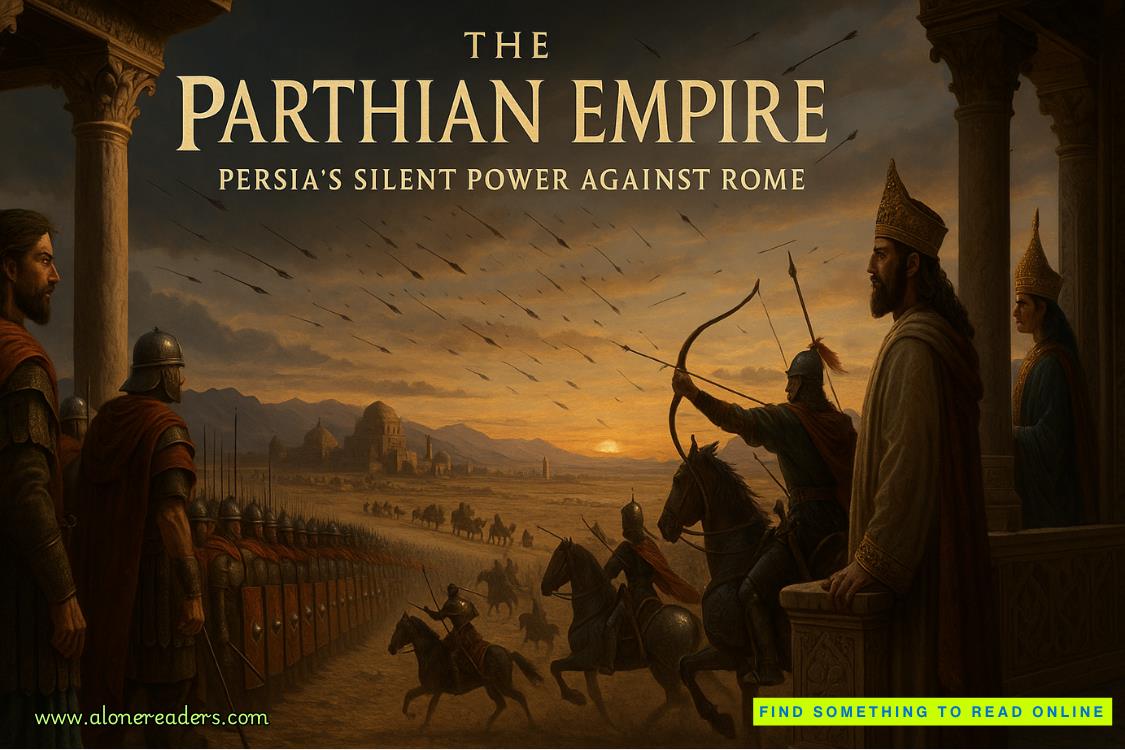Page 23 of Ship Happens
“About thirty percent. The western beaches and cove area have the restaurants, spa, and beach facilities. The eastern half is a protected conservation zone.”
She turns to me, skeptical. “A genuine conservation zone or a ‘we put up a sign and call it conservation’ zone?”
“See for yourself.” I nod toward the dock. “We’ll visit the research station first.”
I’ve been looking forward to this moment—showing Harper that my environmental commitments aren’t just PR stunts. After our conversation last night, something shifted between us. She seemed to consider that my intentions might be more complex than she’d assumed.
Then there was that moment under the moonlight, when I’d almost?—
“Why are there so many boats docked already?” Harper interrupts my thoughts, pointing to the marina where at least a dozen vessels are moored.
“Staff boats, research vessels, supply deliveries.” I check my watch. “Most day visitors have left by now. The island closes to regular passengers at sunset, except for special events.”
“Like our ‘romantic dinner,’” she says, making air quotes around the words.
“Exactly. Though I seem to recall we won the dinner fairly.”
“Through coerced participation.”
“Still bitter about that?”
She tries to maintain her stern expression, but I catch the slight quirk of her lips. “Yes.”
The boat slows as we approach the dock. I stand and offer my hand to help her up, half-expecting her to ignore it. To my surprise, she accepts, her fingers warm against mine as she rises.
“Thanks,” she says, then releases my hand.
A small progress, but I’ll take it.
We disembark onto a wooden dock extending from a pristine white sand beach. Unlike the main tourist area on the other side of the island, this beach is undeveloped except for the small marina and a path leading into the forest.
“This way,” I say, gesturing toward the path. “The research station is about a quarter mile in.”
Harper falls into step beside me, her eyes constantly moving, assessing our surroundings. “The vegetation looks healthy. Native species?”
“Mostly. There was an invasive plant removal program five years ago.”
“Your doing?”
“My funding, local experts’ doing.” I duck under a low-hanging branch. “I know my limitations.”
She studies me for a moment. “That’s very self-aware.”
“I have many talents, remember? Pulling weeds is not one of them.”
The path winds through dense forest until we reach a clearing where several connected structures form the researchcompound. Solar panels glint on the rooftops, and collection tanks gather rainwater at each corner.
A woman in her fifties emerges from the main building, her weathered face breaking into a grin when she spots us. “Ethan Cole, as I live and breathe! About time you visited again.”
“Dr. Marquez.” I return her smile. “Sorry it’s been so long.”
She waves off my apology and turns her attention to Harper. “And you must be Dr. Bennett. I’ve read your work on coral reef rehabilitation. Brilliant.”
Harper looks pleased at the recognition. “Thank you. And you’re Dr. Isabella Marquez? Your research on sea turtle navigation is groundbreaking.”
“I’m surprised you’ve heard of me. I’m not exactly a household name.”
“Your paper on magnetic imprinting in loggerheads changed how we understand migration patterns.”















